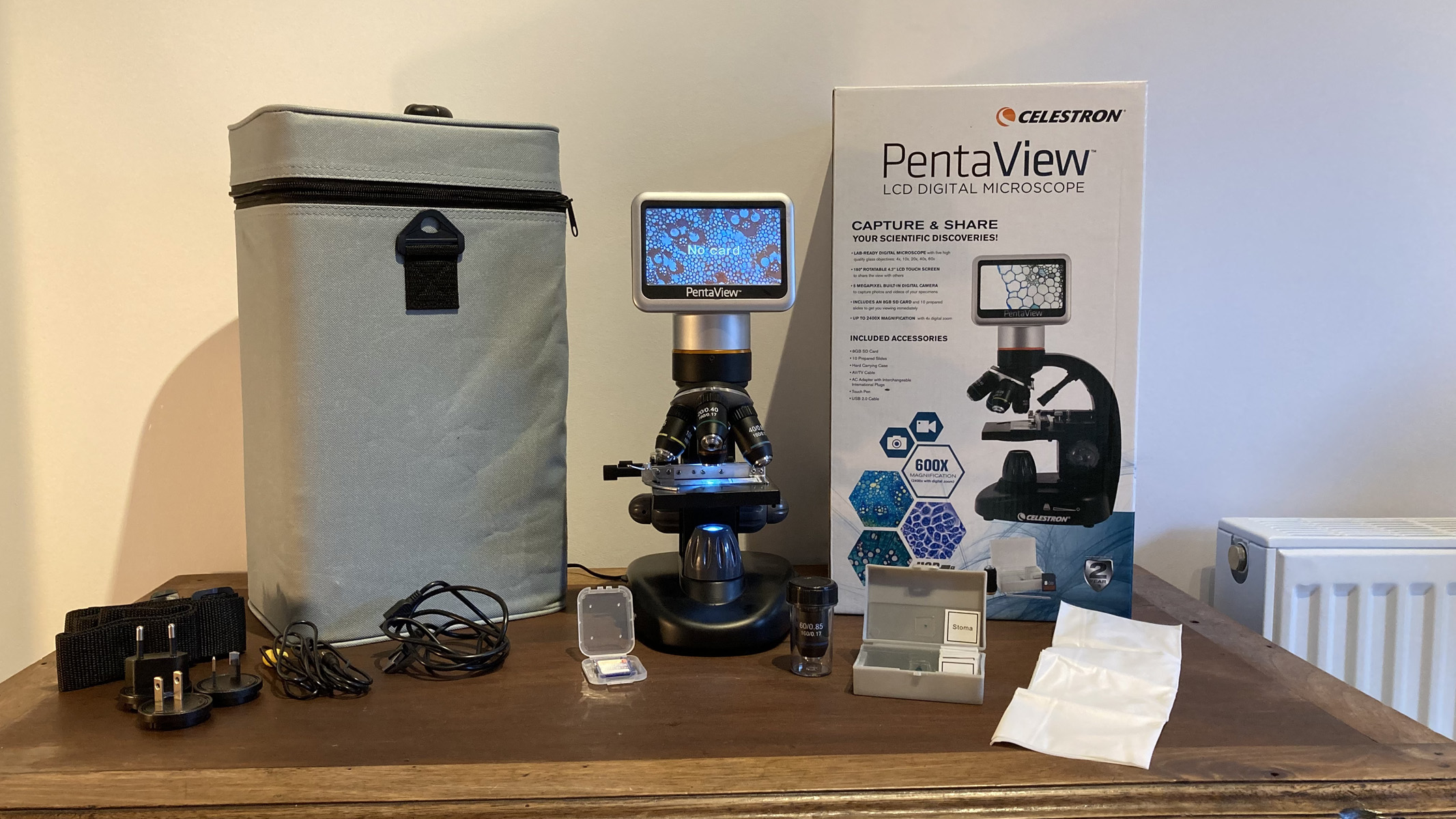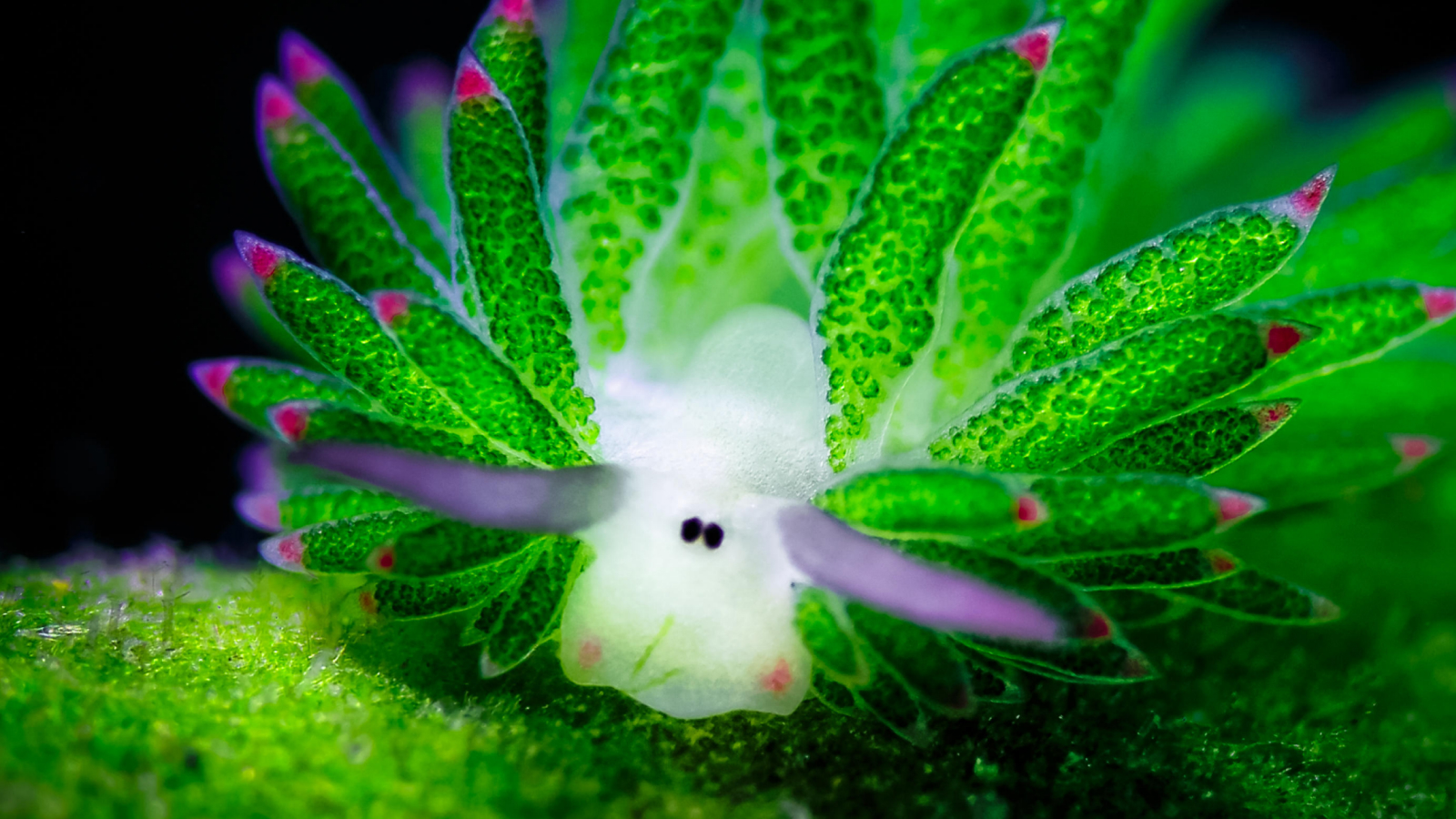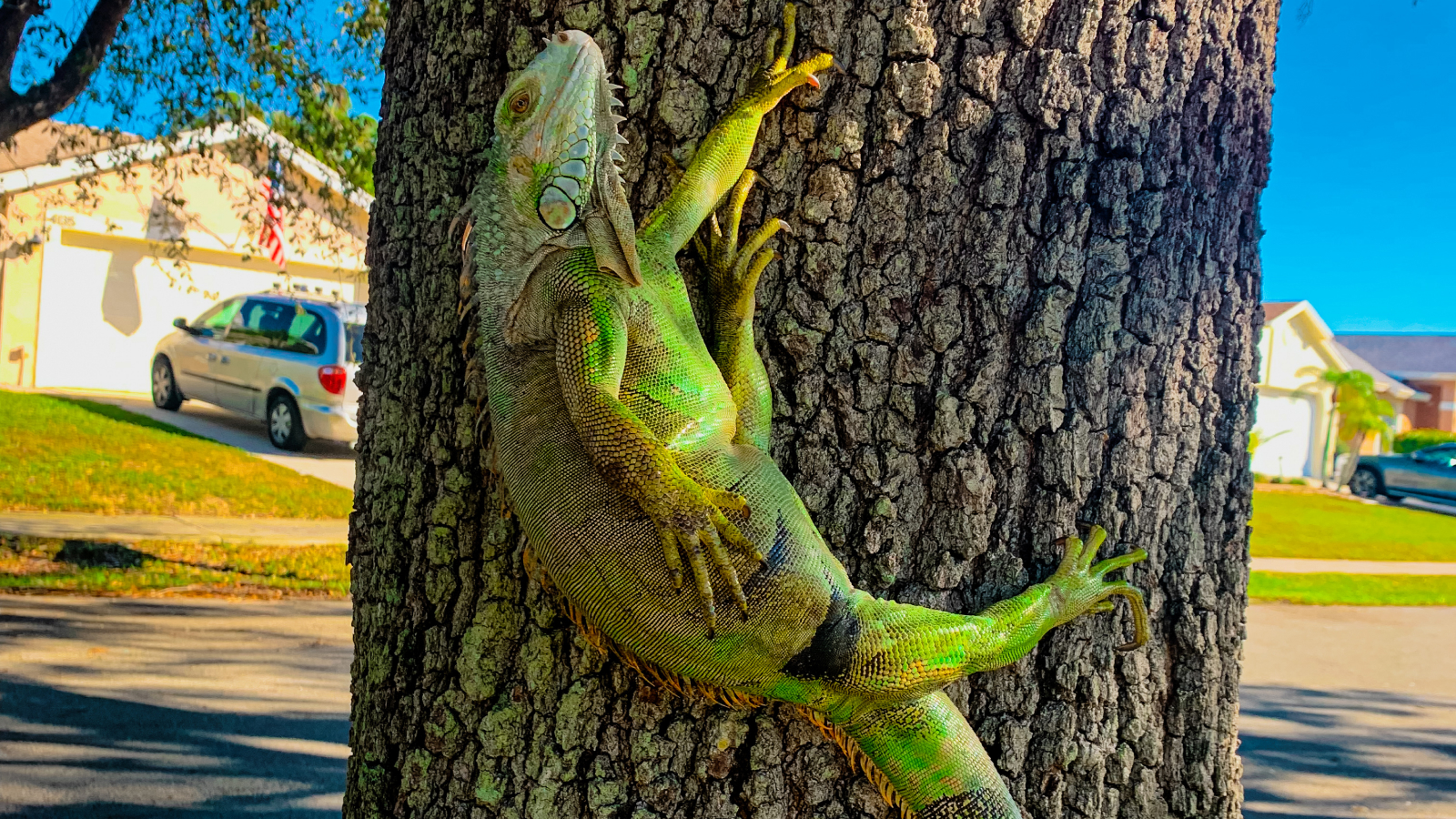Polymers, Vol. 15, Pages 493: Post-Polymerization Modification of Fluoropolymers via UV Irradiation in the Presence of a Photoacid Generator
Polymers doi: 10.3390/polym15030493
Authors: Anastasia Nika Christina Gkioka Fotini Machairioti Panayiotis Bilalis Jiaxi Xu Katarzyna Gajos Kamil Awsiuk Panagiota Petrou Margarita Chatzichristidi
Fluorinated polymers have unique wettability and protein adsorption properties. The site-specific alteration of these properties could expand their application to different research areas. In this work, a fluorinated homopolymer and two of its copolymers with 4-vinylbenzyl glycidyl ether (VBGE) are synthesized by free radical polymerization. The produced polymers are then used to develop resist formulations by the addition of a photoacid generator. Films of these formulations are exposed to ultraviolet radiation through a binary mask and heated to create the pattern. It is found that the water contact angle values of the exposed films areas are reduced compared to those of the unexposed ones, with the exception of pentafluorophenyl methacrylate (PFMA) homopolymer film. This is attributed to the reaction of the epoxy groups creating x-links and producing hydroxyl groups and the cleavage of the pentafluorophenyl group from the ester group leading to carboxylic acid groups. Both modifications on the exposed areas are verified by FTIR spectroscopy and ToF-SIMS analysis. In addition, the biomolecules adsorption ability of the exposed area is increasing 10–15 times compared to the unexposed one for the PFMA homopolymer and the PFMA/VBGE 1:1 copolymer. Thus, the proposed polymers and patterning procedure could find application to spatially directed immobilization of biomolecules and/or cells onto a surface for both biosensing and tissue engineering purposes.

 1 year ago
48
1 year ago
48


